The Esseillon forts
The Esseillon forts were built between 1815 and 1830, during the reign of the Kingdom of Piedmont-Sardinia, to block the path of the French armies. The Esseillon glacial lock (ladder in Piedmontese) lent itself perfectly to these forts, which were designed to defend each other by crossfire.
These buildings bear the first names of the sovereigns of the royal family: Victor Emmanuel and Marie-Thérèse, Charles-Félix and Marie-Christine, Charles-Albert. They blocked access to the main passageway between France and Piedmont, controlling the royal road to Mont Cenis. The Barrière seemed impassable, but... a few years after its construction was completed, Savoie became French and the forts lost all defensive utility.
Although this military site was not the scene of any fighting, it is nonetheless steeped in history and is listed as a "Monument Historique".
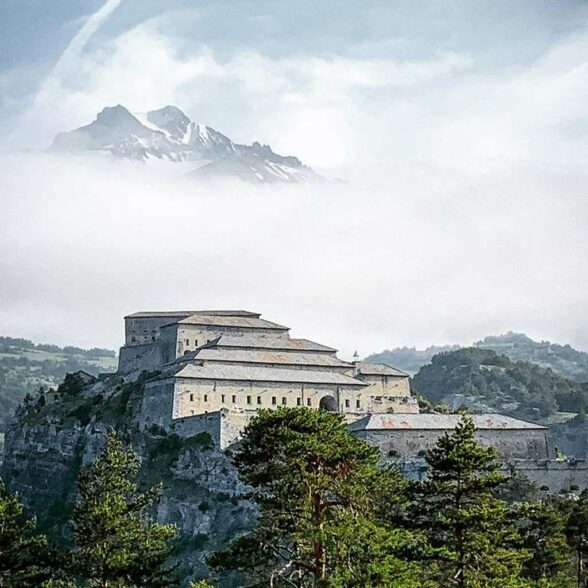
Fort Boyard and Forts de l'Esseillon
The marquis Marc-René de Montalembert's architectural concepts are the same as those of the military engineer.
Built between 1815 and 1830 during the reign of the Kingdom of Piedmont-Sardinia, the Esseillon fortified complex was inspired by the ideas of the Marquis de Montalembert (1714-1800), whose theories opposed those of Vauban.
The Esseillon glacier lock (ladder in Piedmontese) lent itself perfectly to the architect's concept of mutual defense of each fort by crossfire.
The various structures are named after members of the royal family. Marie-Christine, Marie-Thérèse, Victor-Emmanuel, Charles-Albert and Charles-Félix.
These imposing forts blocked access to the main passage between France and Piedmont, controlling the royal road over Mont-Cenis.
In 1860, when Savoie was annexed to France, they became a national heritage site.
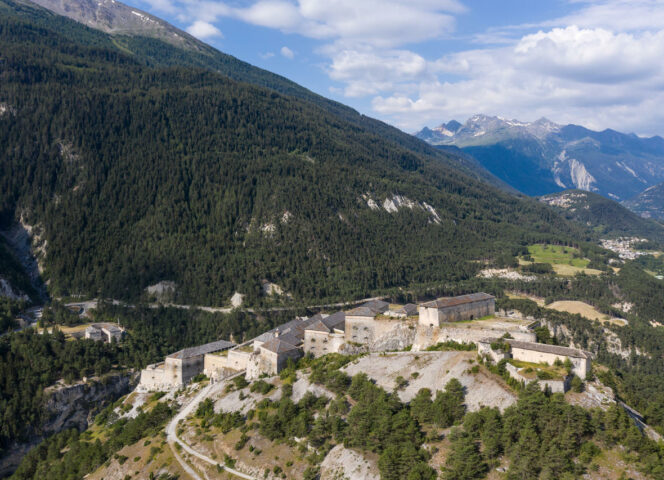
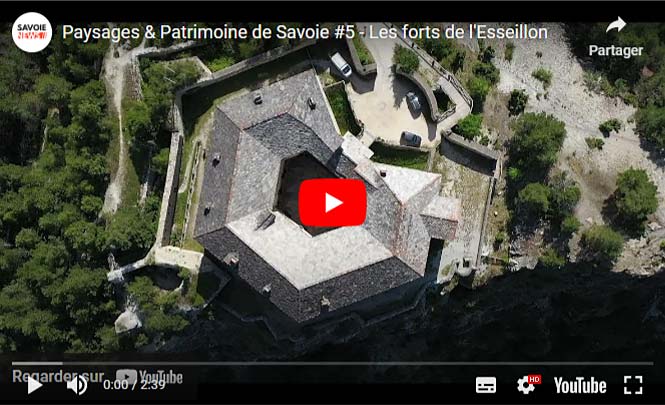
Still undergoing restoration, three of the five forts can be visited (self-guided or guided tours). As a family, children can put themselves in the shoes of a soldier and follow the trail game in Fort Victor-Emmanuel.
The Marie-Thérèse Redoubt houses the Fortified Heritage Interpretation Centre, while the Marie-Christine Fort offers quality accommodation and catering.
Nearby: Parcobranche du Diable and tyroliennes, via ferrata du Diable, Guinguette de l'Esseillon, PSD, jeu de l'espion, Pont du Diable, la Gamelle du Soldat, cascade Saint-Benoît, information point, guided tours, nocturnes, escape games, cultural mediation area.
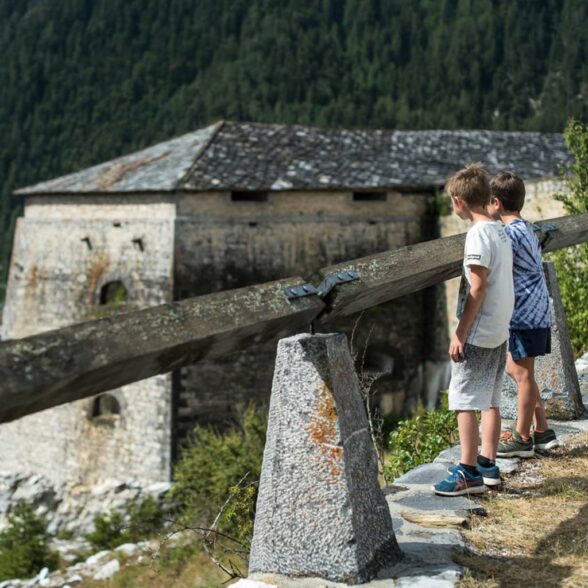
Le fort Marie-Christine
Restaurant and B&B in an unusual settingThe fort closest to the village (Fort Marie-Christine) has been completely restored and now houses a gîte and restaurant. The fort is open to visitors (free access), who can see a model of the entire Esseillon site, a beautiful timber frame and a presentation of the Vanoise National Park.
Below, the Charles Félix fort is in ruins and access to it is dangerous and not recommended. It is the only ruined fort on the Esseillon barrier. Indeed, when Savoie became French in 1860, the French undertook to destroy the Esseillon forts. To prove their good faith to the Italians, they started with Fort Charles Félix. Then... they stopped there and even occupied the remaining forts militarily for decades...
Fort Victor-Emmanuel
Games trail, via-ferrata and museumIn the largest fort in l'Esseillon(Fort Victor Emmanuel), a treasure hunt offers children and their families a guided tour. Children can put themselves in the shoes of a 19th-century French spy to find out more about this fort built by the Kingdom of Piedmont Sardinia. Clue by clue, game by game, they can discover the mysteries of l'Esseillon. Fort Victor Emmanuel is also home to a new museum space dedicated to the rock engravings found aroundAussois and in Haute Maurienne Vanoise.
Fort Victor-Emmanuel is also the starting point for the magnificent via-ferrata du Diable. With seven sections at different levels, it's a must for your stay at Aussois.
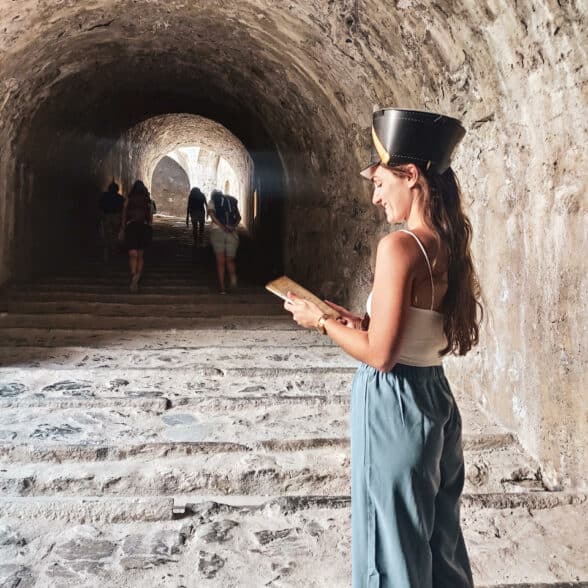
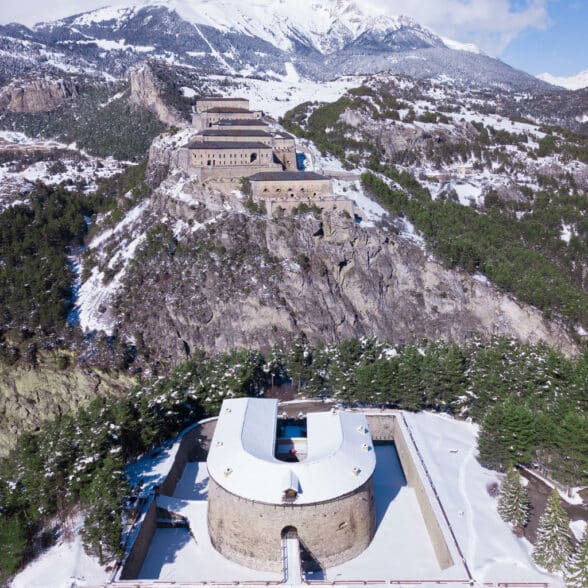
La Redoute Marie-Thérèse
Museum, escape-game and accrobrancheTo find out even more about the history of the Forts, the Marie-Thérèse Redoubt, with its astonishing "horseshoe" architecture on the left bank of the Arc (pedestrian access from Aussois via the superb "Pont du Diable"), houses a Fortified Heritage Interpretation Center. La Redoute also offers treasure hunts and escape games.
Right next door, a large accrobranche park offers great tree courses for all the family, as well as vertiginous tyroliennes that let you "fly" over the Arc gorges.